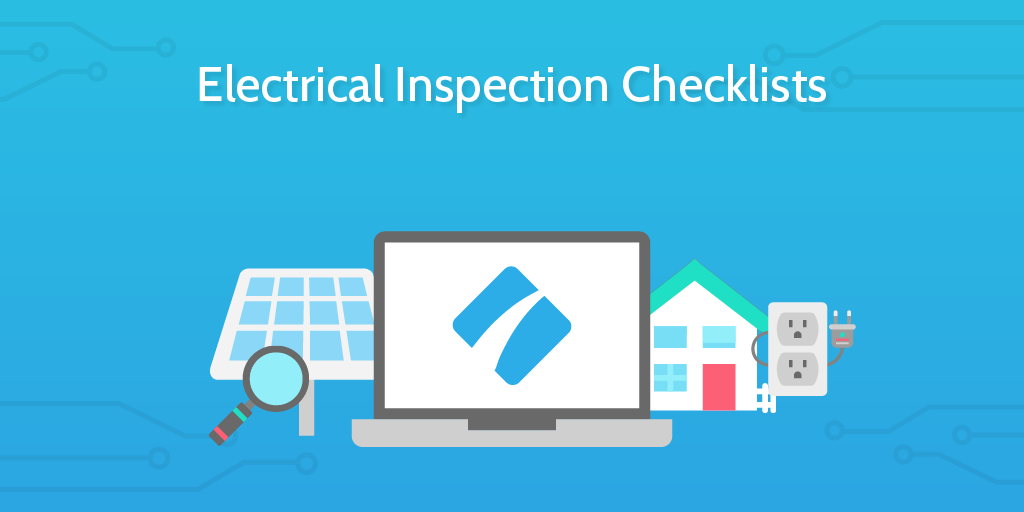 According to the U.S. Bureau of Labor Statistics there were 32,000 dedicated electrical inspectors in the workforce in 2014.
According to the U.S. Bureau of Labor Statistics there were 32,000 dedicated electrical inspectors in the workforce in 2014.
That’s a good number of electrical inspectors and a great deal more electrical inspections!
Yet, much electrical inspection work is still being done with pen and paper, creating mountains of paperwork and making effective sharing of information difficult.
That’s why we’ve created this Process Street electrical inspection checklists process-pack.
We want to make sure the inspectors using our platform can make the most of the software to speed up their processes, record and compile information more easily, automatically generate reports, and ultimately keep making the world a safer space.
How the electrical inspection checklists work
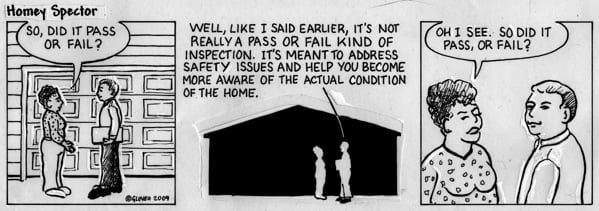
Processes can sometimes be free flowing entities which give space and creativity to work within, while other times they can be rigid and strict, procedural.
However, sometimes a process needs to manage these two styles to create a strict set of procedures which is still flexible enough to be applied to different situations and variables.
These electrical inspection checklists fall into the latter camp.
Given the vital importance of safety measures and checks within any field, but pertinently in the safety of electrical systems, we need to have effective guidelines to follow and we need to be able to interpret those same guidelines in a range of similar but individual circumstances. These processes are engineered to adhere to the NEC standards for electrical safety and aim to make them actionable in an interactive and modifiable manner.
Throughout the different checklists you will see a recurring pattern. Each actionable task is presented with the relevant NEC reference which calls for its presence. There is a short explanation of the task to help you, as an inspector, have a clear idea of what is expected of you. Plus, form fields throughout to enter comments and notes as you move forward through the process. The individual steps are left open enough that you can apply them to different scenarios while still providing for adherence to accepted standards; the interactive nature of form fields assist you in reacting to the different challenges which could arise.
Each checklist further utilizes form fields by two other means:
- Through the template overview you can access the left-hand side tab which shows you a history of every checklist ran from that template. This gives you the opportunity to run through all the data gathered across a host of different inspections and allows you to export that data for further use. If you expect to make use of the data in future, it may be useful to work out how best it could be ordered and edit the template to make that clear. Once you add a template to your organization, it’s yours. You can do what you like to it.
- Once you have completed all the fields you wish to complete for an active checklist, you can save the checklist as a PDF. This will save everything you see on the screen as part of the document. The result of this is that you can use these templates as automatic report generators. The task names provides the contents and structure of the report, the task descriptions provide a detailing of your activities, and the notes entered into form fields provide your professional opinion and feedback. If you have a particular way you like your reports to be generated, you can adapt the template to suit. Moreover, we have a brand new Process Street feature available for custom branding within your Process Street organization so that you can add your logo and company name to show up on tasks and PDFs. This is a premium feature and comes as part of our business package.
You should have a rough idea of what to expect from these processes now, so let’s jump in and explore the options available to us.
Quicklinks
- Electrical Inspection Checklist
- Electrical Inspection Checklist: Motors and Vehicles
- Electrical Inspection Checklist: Marinas, Docks, and Boatyards
- Electrical Inspection Checklist: Electric Vehicle Charging Equipment
- Electrical Inspection Checklist: Agricultural Buildings
- Electrical Inspection Checklist: Hospitals and Health Care
- Electrical Inspection Checklist: Residential Rough Inspection General
- Electrical Inspection Checklist: Air-Conditioning and Refrigerating
8 electrical inspection checklists
Electrical Inspection Checklist
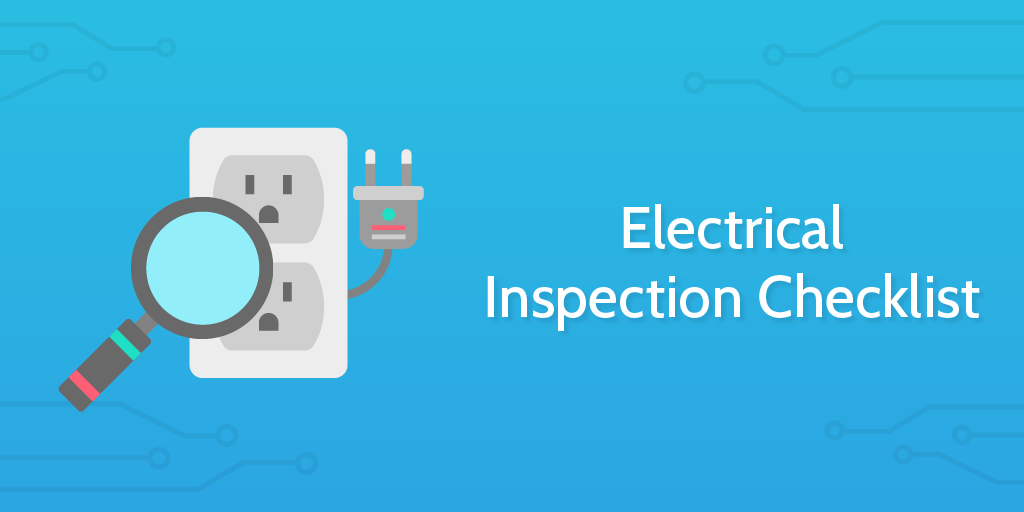 It makes sense for us to start at the beginning. The first part of any electrical inspection checklist should be assessing your own safety as an inspector. That’s why we’ve drawn up this checklist to guide you through the process of evaluating your own exposure to risk.
It makes sense for us to start at the beginning. The first part of any electrical inspection checklist should be assessing your own safety as an inspector. That’s why we’ve drawn up this checklist to guide you through the process of evaluating your own exposure to risk.
This checklist is geared to be very general and to be as broadly applicable as possible while remaining focused on providing technical details. The relevant NEC references are included to make it clear how each step relates to standards.
You can take this checklist and adapt it to suit your personal needs. You could also copy the checklist once it is in your organization and create a series of variants of it to more closely match your most common use cases.
Click here to get the Electrical Inspection Checklist.
Electrical Inspection Checklist: Motors and Vehicles
 Cars are one of the biggest killers of the developed world. The primary concern of an inspector performing electrical inspections for cars and other vehicles is the future safety of the users of the vehicle and those who will be in the vicinity of the vehicle. Faulty electrics present different dangers in different circumstances, but the dangers of a multiple ton hunk of metal hurtling down the highway should be obvious enough, never mind other concerns.
Cars are one of the biggest killers of the developed world. The primary concern of an inspector performing electrical inspections for cars and other vehicles is the future safety of the users of the vehicle and those who will be in the vicinity of the vehicle. Faulty electrics present different dangers in different circumstances, but the dangers of a multiple ton hunk of metal hurtling down the highway should be obvious enough, never mind other concerns.
This checklist aims to provide an inspector with the basic steps and considerations which must be taken in assessing the suitability of a car’s electrical system along with specific advice from the NEC.
Click here to get the Electrical Inspection Checklist: Motors and Vehicles.
Electrical Inspection Checklist: Marinas, Docks, and Boatyards
 How do we solve a problem like marinas? Marinas, docks, and boatyards are notoriously wet places. They are often places with multiple people present who are all independently there of there own accord – someone taking their boat out, another cleaning their hull, whatever makes them happy. So, with this not being a workplace for many people there, the chances of everyone following procedures tightly is a little lower. This is where we need to make sure we have done everything possible to make sure the environment is as safe as possible to minimize the chance of something going wrong.
How do we solve a problem like marinas? Marinas, docks, and boatyards are notoriously wet places. They are often places with multiple people present who are all independently there of there own accord – someone taking their boat out, another cleaning their hull, whatever makes them happy. So, with this not being a workplace for many people there, the chances of everyone following procedures tightly is a little lower. This is where we need to make sure we have done everything possible to make sure the environment is as safe as possible to minimize the chance of something going wrong.
Within this checklist we look at making sure different elements of protection are adequately in place, from providing accessible disconnecting means and separating power from pontoons and floating surfaces to choosing wiring techniques appropriate to the circumstances.
Click here to get the Electrical Inspection Checklist: Marinas, Docks, and Boatyards.
Electrical Inspection Checklist: Electric Vehicle Charging Equipment
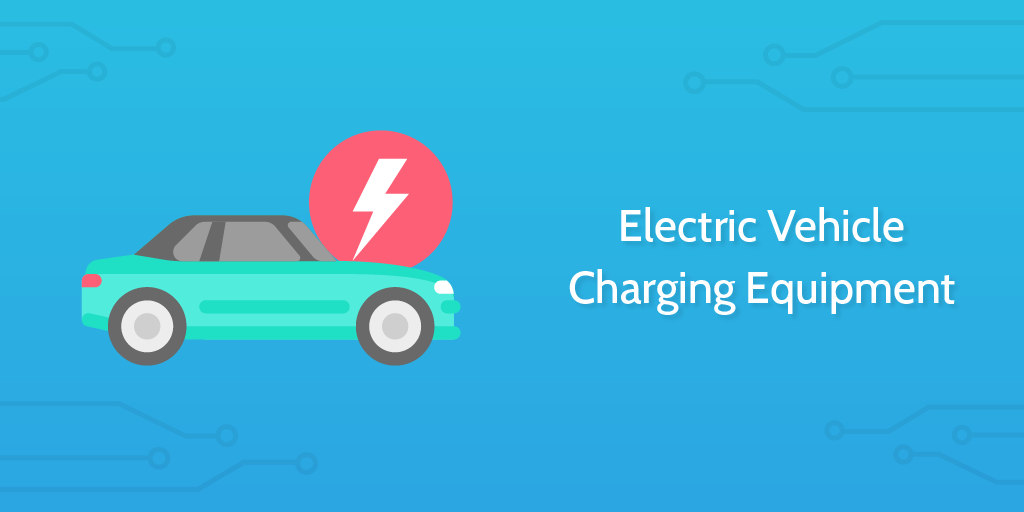 In recent news, Elon Musk came out and said he thought Tesla Motors’ shares were priced a little high. He clarified his comments to say that he thought the future potential of the company could justify a much higher price. It’s still ahead of the paltry $21 billion valuation SpaceX just received. Anyway, the point is that electric cars are here to stay.
In recent news, Elon Musk came out and said he thought Tesla Motors’ shares were priced a little high. He clarified his comments to say that he thought the future potential of the company could justify a much higher price. It’s still ahead of the paltry $21 billion valuation SpaceX just received. Anyway, the point is that electric cars are here to stay.
Given this, we ought to have sufficient processes in place to inspect the charging equipment of electrical cars. These could be home based charging facilities or public ones. They could be big or small. This checklist aims to tackle their needs.
Click here to get the Electrical Inspection Checklist: Electric Vehicle Charging Equipment.
Electrical Inspection Checklist: Agricultural Buildings
 Agricultural locations can often come under a lot of stress from the elements. Buildings designed to house large amounts of livestock can take a bit of a beating. Moreover, many agricultural buildings are designed in ways which leave them open to the elements. Wind and rain may howl in, little furry friends could nibble away at bits, and temperatures are often barely regulated.
Agricultural locations can often come under a lot of stress from the elements. Buildings designed to house large amounts of livestock can take a bit of a beating. Moreover, many agricultural buildings are designed in ways which leave them open to the elements. Wind and rain may howl in, little furry friends could nibble away at bits, and temperatures are often barely regulated.
All this and more causes wear and tear. This is where the inspector needs to come in to make sure that the wearing hasn’t produced too much tearing. We need to make sure these areas are not at risk of fires, provide a safe workspace for agricultural workers, and ensure a safe environment for the animals who may inhabit these areas.
Click here to get the Electrical Inspection Checklist: Agricultural Buildings.
Electrical Inspection Checklist: Hospitals and Health Care
 I don’t think I need to stress the importance of performing effective electrical inspections in hospitals and other health care facilities. These are the designated places in society for saving lives. Their necessity is fairly self explanatory.
I don’t think I need to stress the importance of performing effective electrical inspections in hospitals and other health care facilities. These are the designated places in society for saving lives. Their necessity is fairly self explanatory.
This is why we’ve provided this mammoth process for health care facilities which details the specific requirements for a range of different hospital areas. The checklist takes multiple forms. It is firstly an overview for medical areas. Then it provides subsections for areas which provide specific medical services, from gentle patient care performed in clinics and dentists’ offices, to the slightly more high risk environments of the anesthesiologists.
Within the healthcare environment, regulations are quite strict and comprehensive so it is vital we build processes which adhere to the requirements laid out by the NEC. Hospital essential power systems must be structured in a way so as to never lose power, as best as we can manage. So, we need to build processes which can help us meet these needs.
Click here to get the Electrical Inspection Checklist: Hospitals and Health Care.
Electrical Inspection Checklist: Residential Rough Inspection General
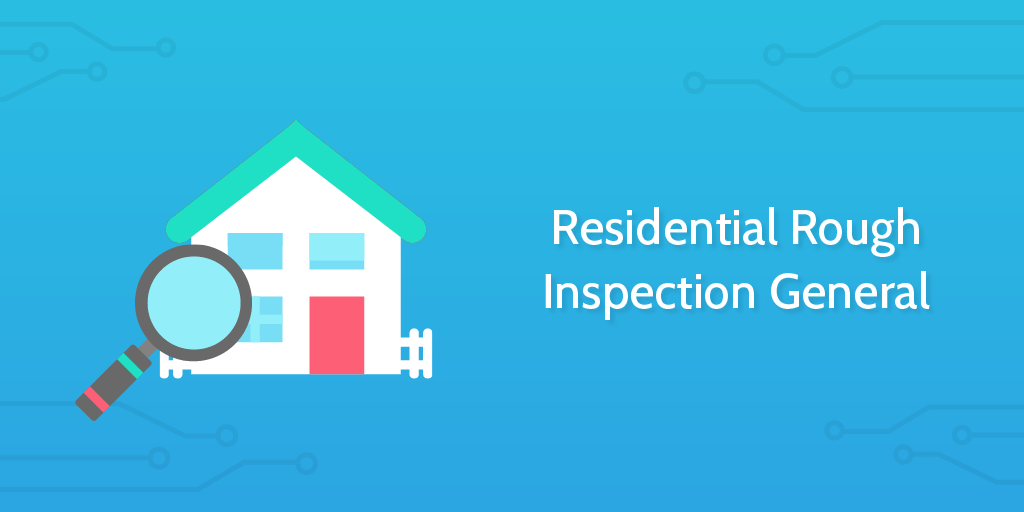 One of the most common use cases for electrical inspections is residential inspections. The scope for residential electrical inspections is very broad and there is plenty within the NEC materials to review. However, as broad as the area may be, we’re going to focus on the residential rough inspection general as it provides a useful overview of residential electrical needs.
One of the most common use cases for electrical inspections is residential inspections. The scope for residential electrical inspections is very broad and there is plenty within the NEC materials to review. However, as broad as the area may be, we’re going to focus on the residential rough inspection general as it provides a useful overview of residential electrical needs.
This process takes us through the overall steps of ensuring appropriate grounding, wiring techniques, and checking for the installation of adequate protections around insulation, and more. You can use this template as a rough inspection general checklist or you can copy it within your organization to make multiple iterations suited to the other specific inspections you might be performing in residential environments.
Click here to get the Electrical Inspection Checklist: Residential Rough Inspection General.
Electrical Inspection Checklist: Air-Conditioning and Refrigerating
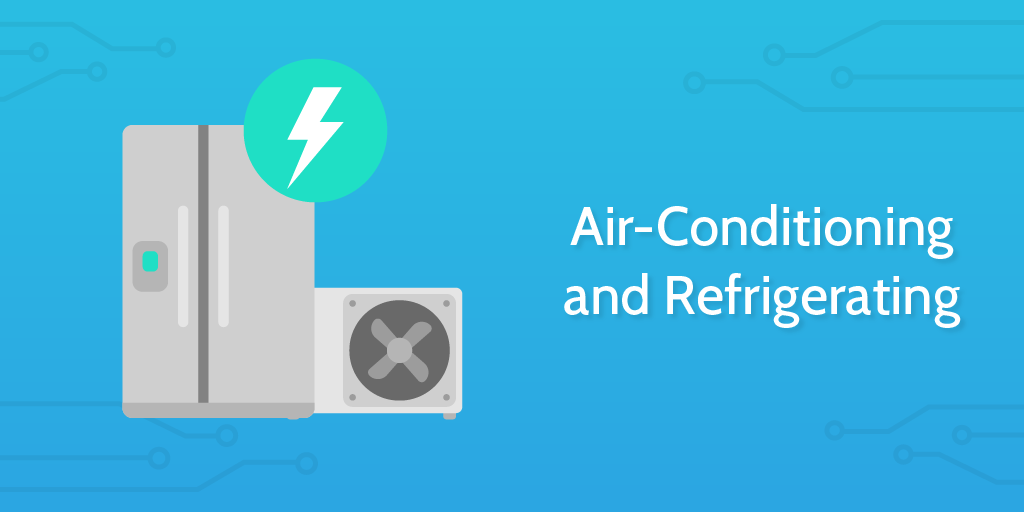 It can be a common mistake to assume that devices which are designed to make things colder are less likely to pose a fire hazard. There’s something counterintuitive about it which seems to lean people toward not considering the dangers quite as quickly. Yet, air-conditioning and refrigerating equipment present hazards which we must aware of and prepared for. In the recent Grenfell disaster in London, though the panelling on the building was the main cause of the severity of the tragedy, the trigger which begun the fire in the first place was a fridge-freezer unit in one of the flats.
It can be a common mistake to assume that devices which are designed to make things colder are less likely to pose a fire hazard. There’s something counterintuitive about it which seems to lean people toward not considering the dangers quite as quickly. Yet, air-conditioning and refrigerating equipment present hazards which we must aware of and prepared for. In the recent Grenfell disaster in London, though the panelling on the building was the main cause of the severity of the tragedy, the trigger which begun the fire in the first place was a fridge-freezer unit in one of the flats.
The role of an inspector is to try to make sure these terrible incidents don’t occur. This checklist aims to run through the process of inspecting this particular kind of motor so that we can make sure it is safe and functioning to the level it should be.
Click here to get the Electrical Inspection Checklist: Air-Conditioning and Refrigerating.
Manage your inspections in the cloud
Now that you’ve seen the processes and how they could be used on-site, it’s time to give some a go.
By shifting your on-site inspection operations to Process Street, you can make sure you consistently follow the right processes while keeping records of your visits and simultaneously document your workflows.
Simply click to add one of these processes to your organization and you can start using them immediately.
There’s a big world out there. Keep it safe for us, yeah?
Have you used Process Street for your inspection procedures? How did you find it? Let us know in the comments below and we might reach out to you to find out more!







Adam Henshall
I manage the content for Process Street and dabble in other projects inc language exchange app Idyoma on the side. Living in Sevilla in the south of Spain, my current hobby is learning Spanish! @adam_h_h on Twitter. Subscribe to my email newsletter here on Substack: Trust The Process. Or come join the conversation on Reddit at r/ProcessManagement.